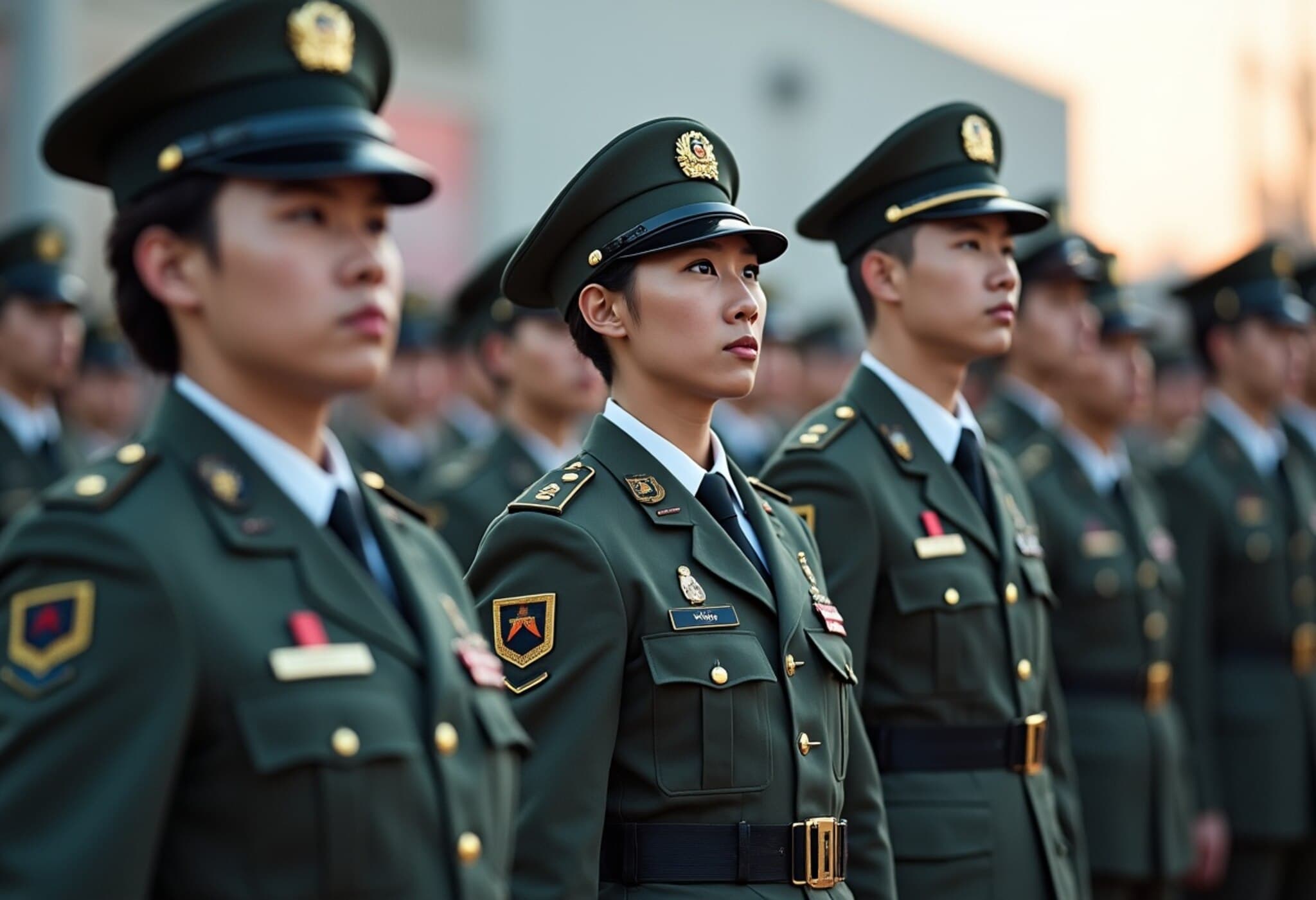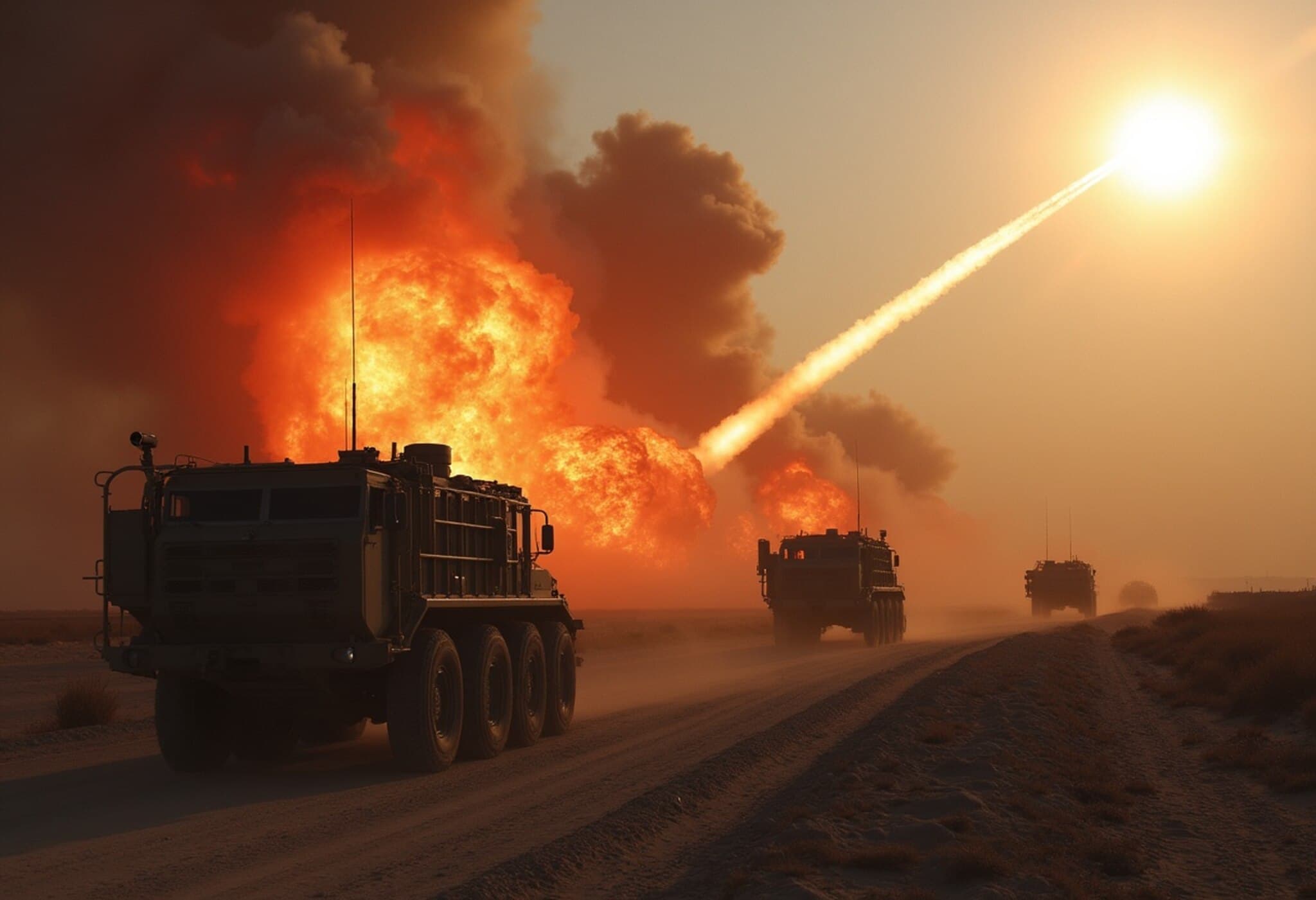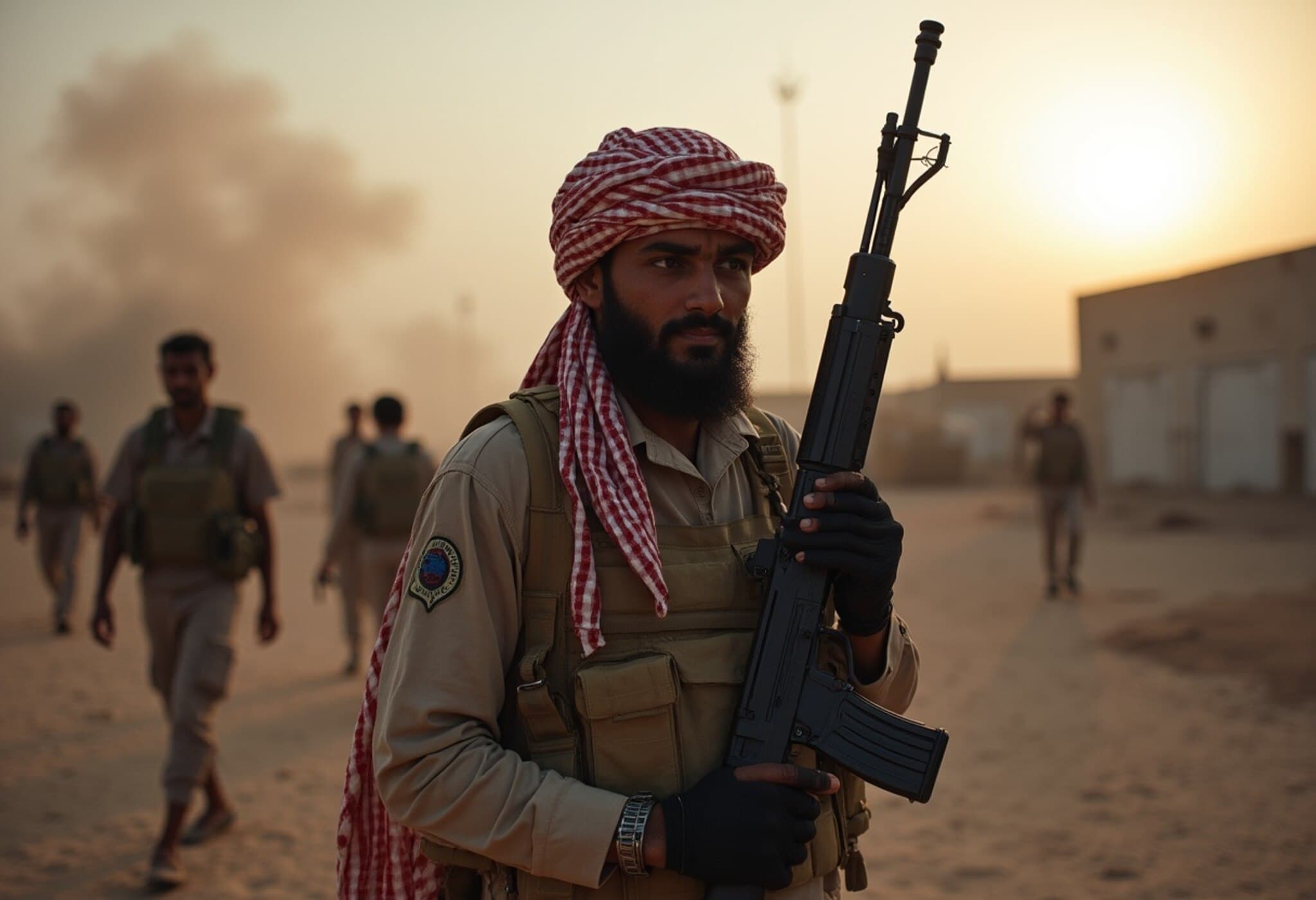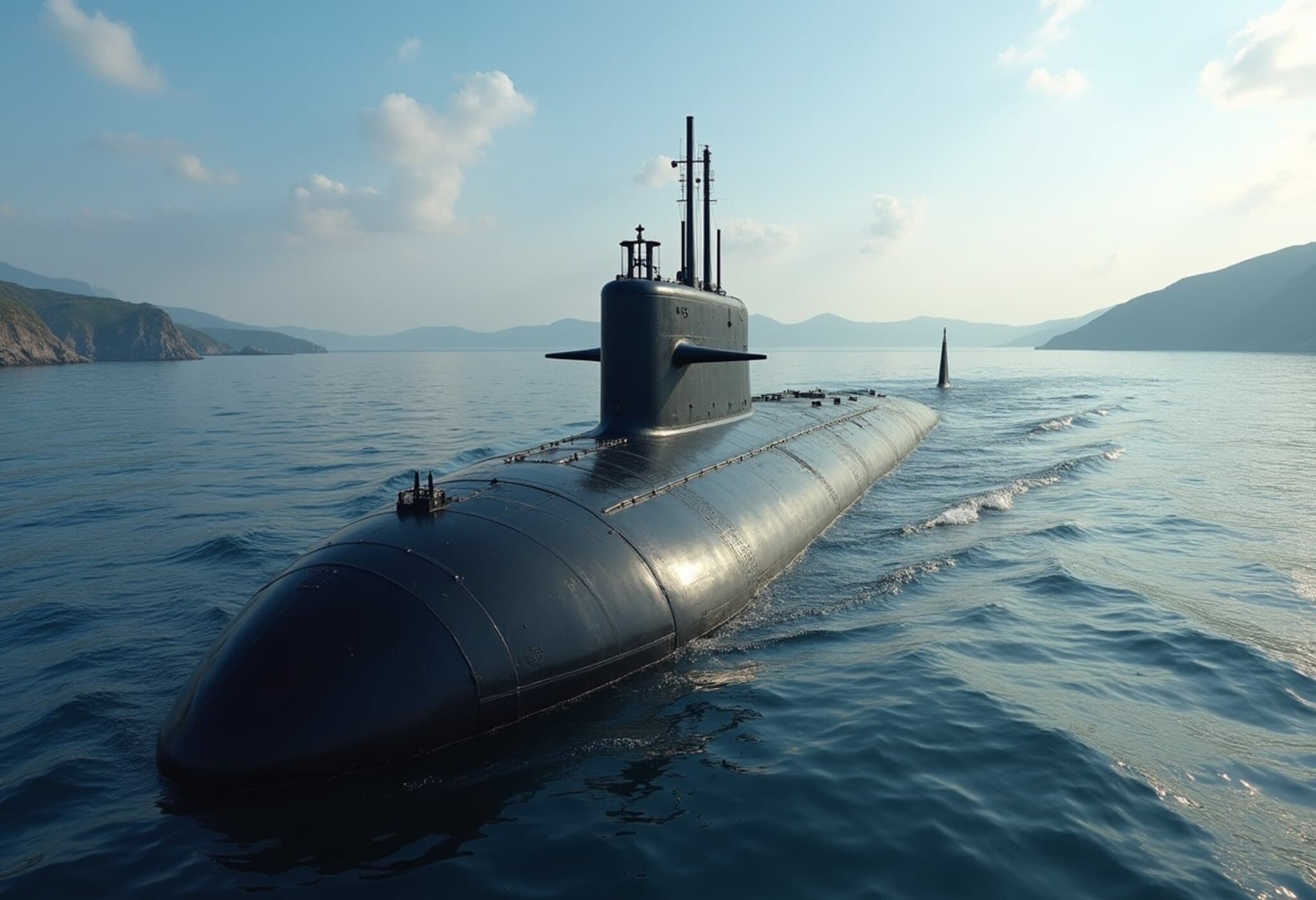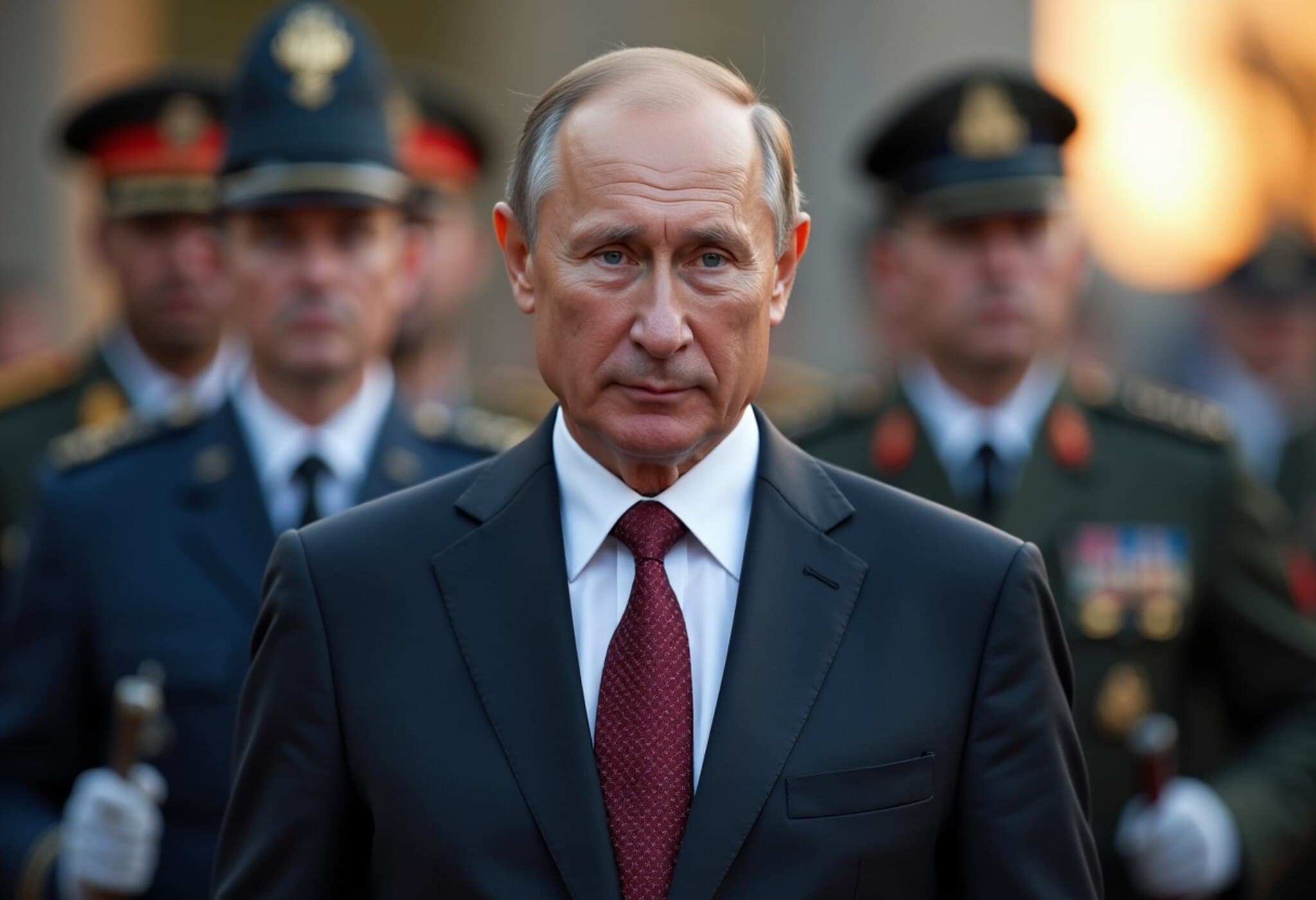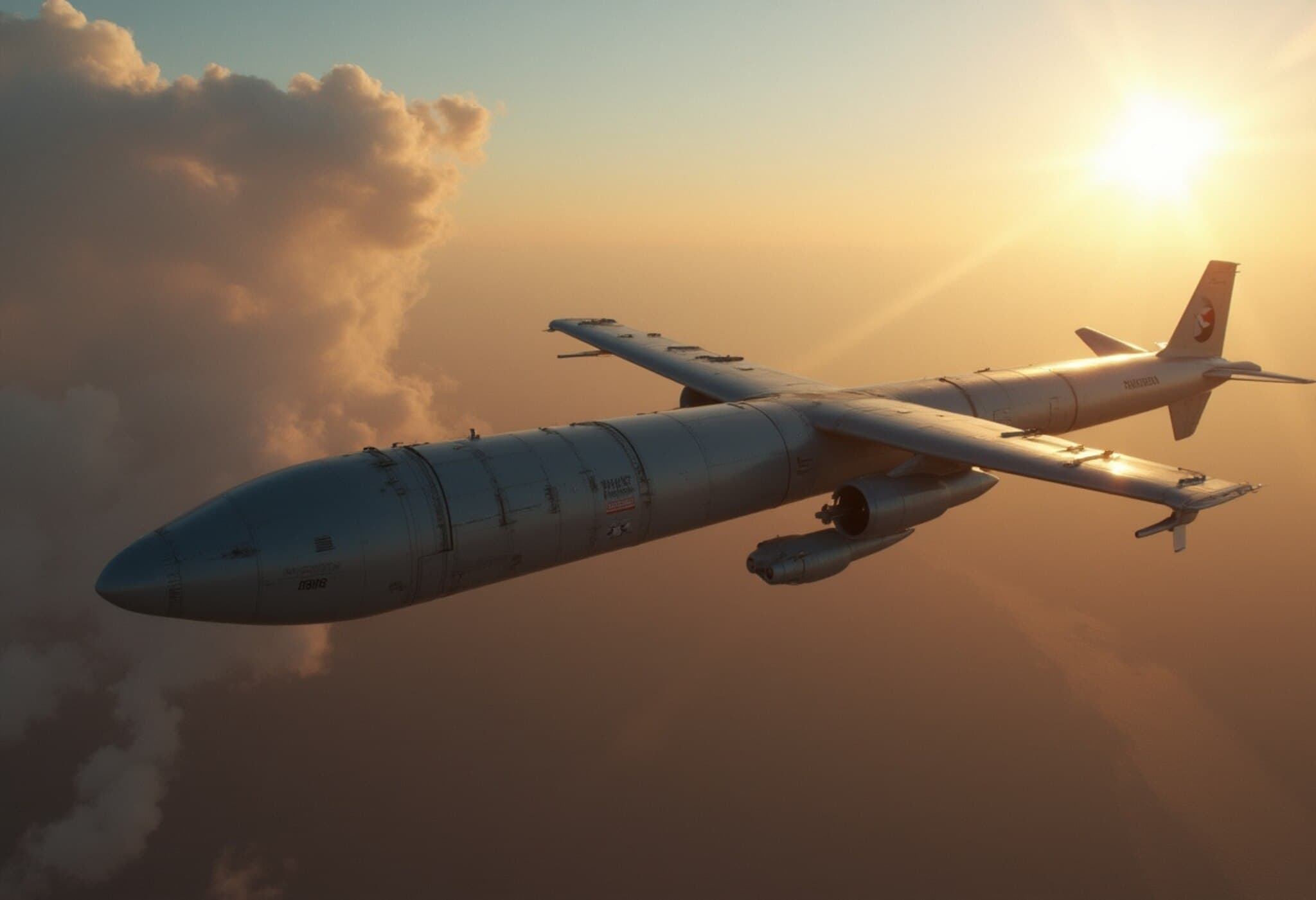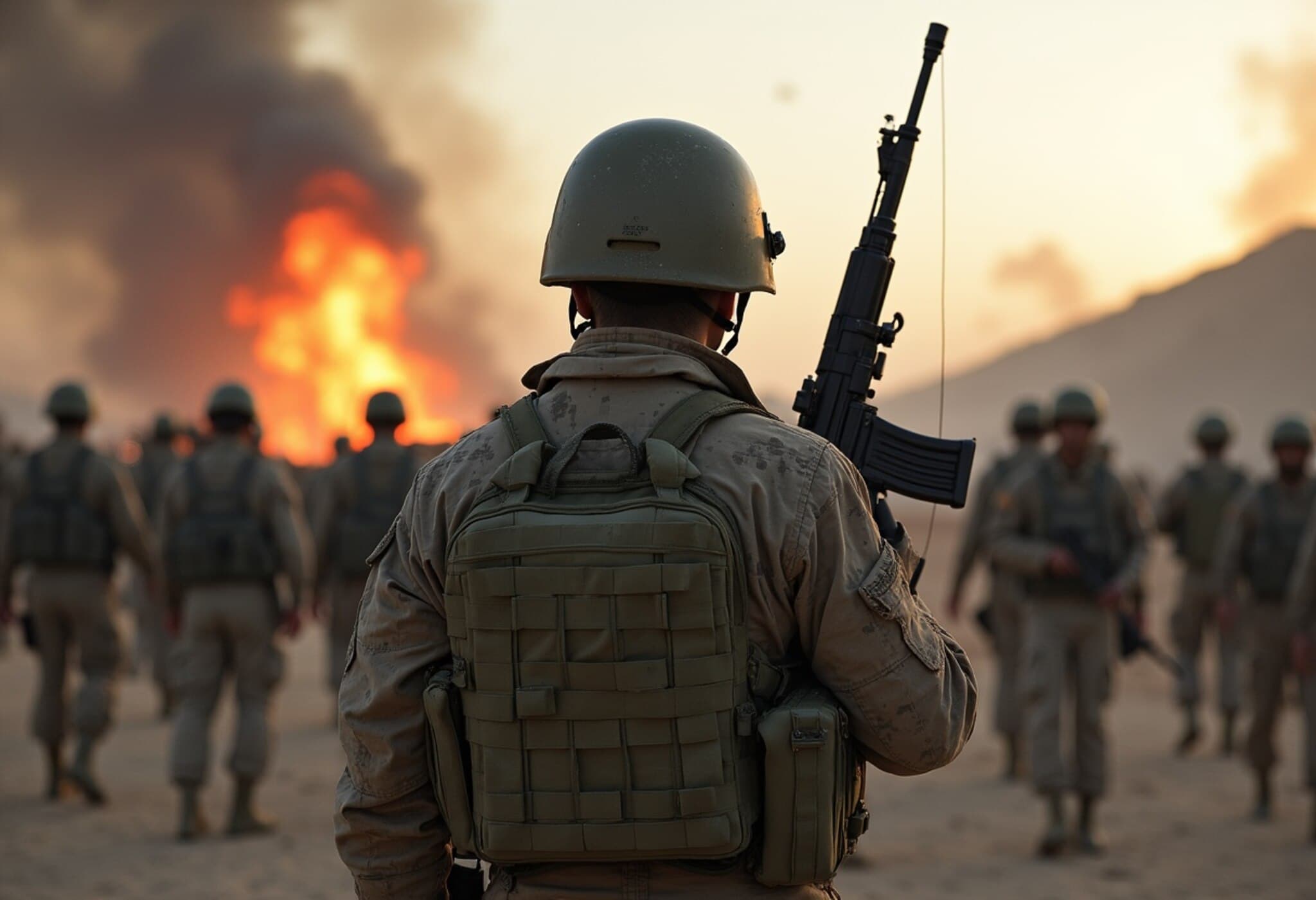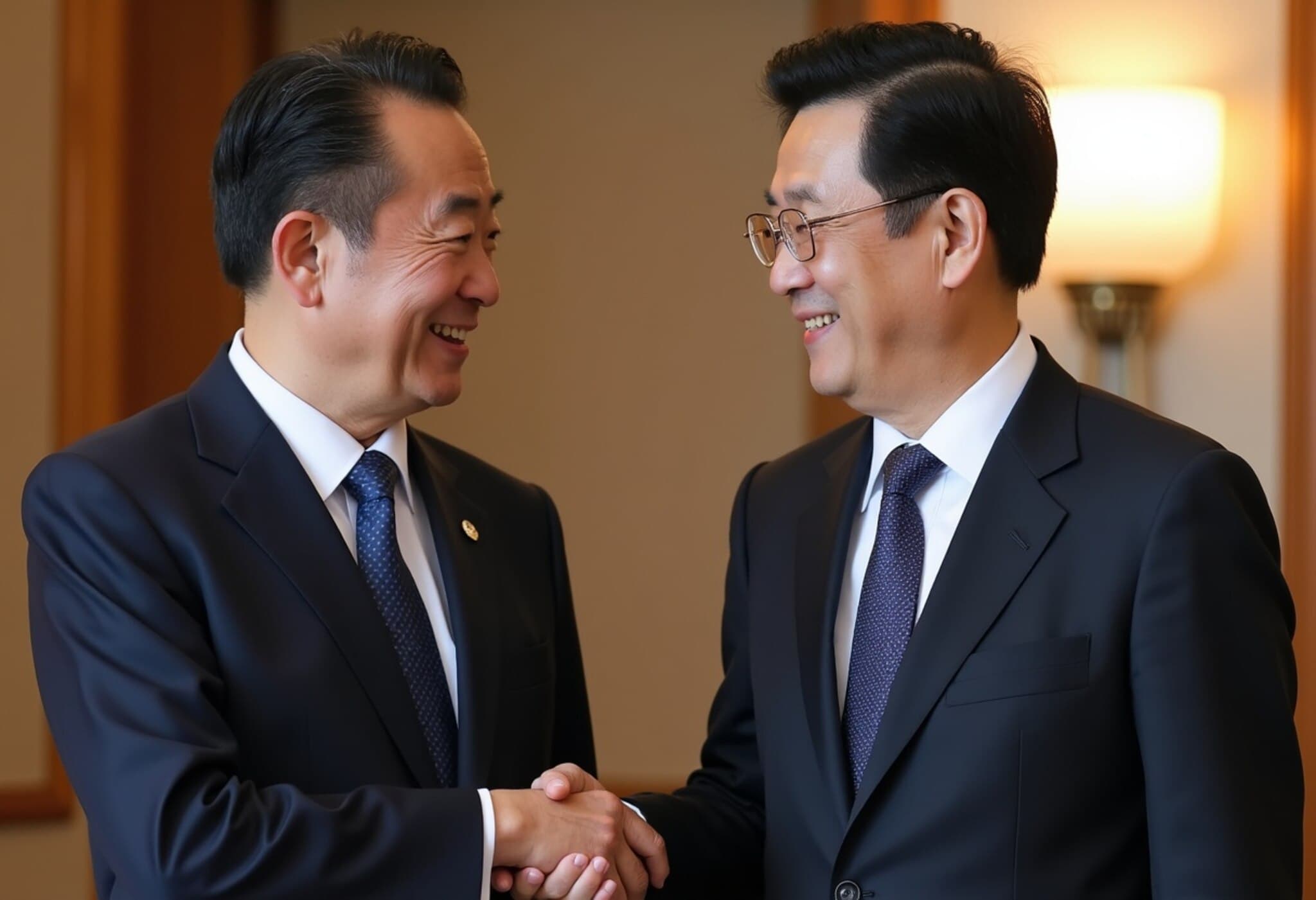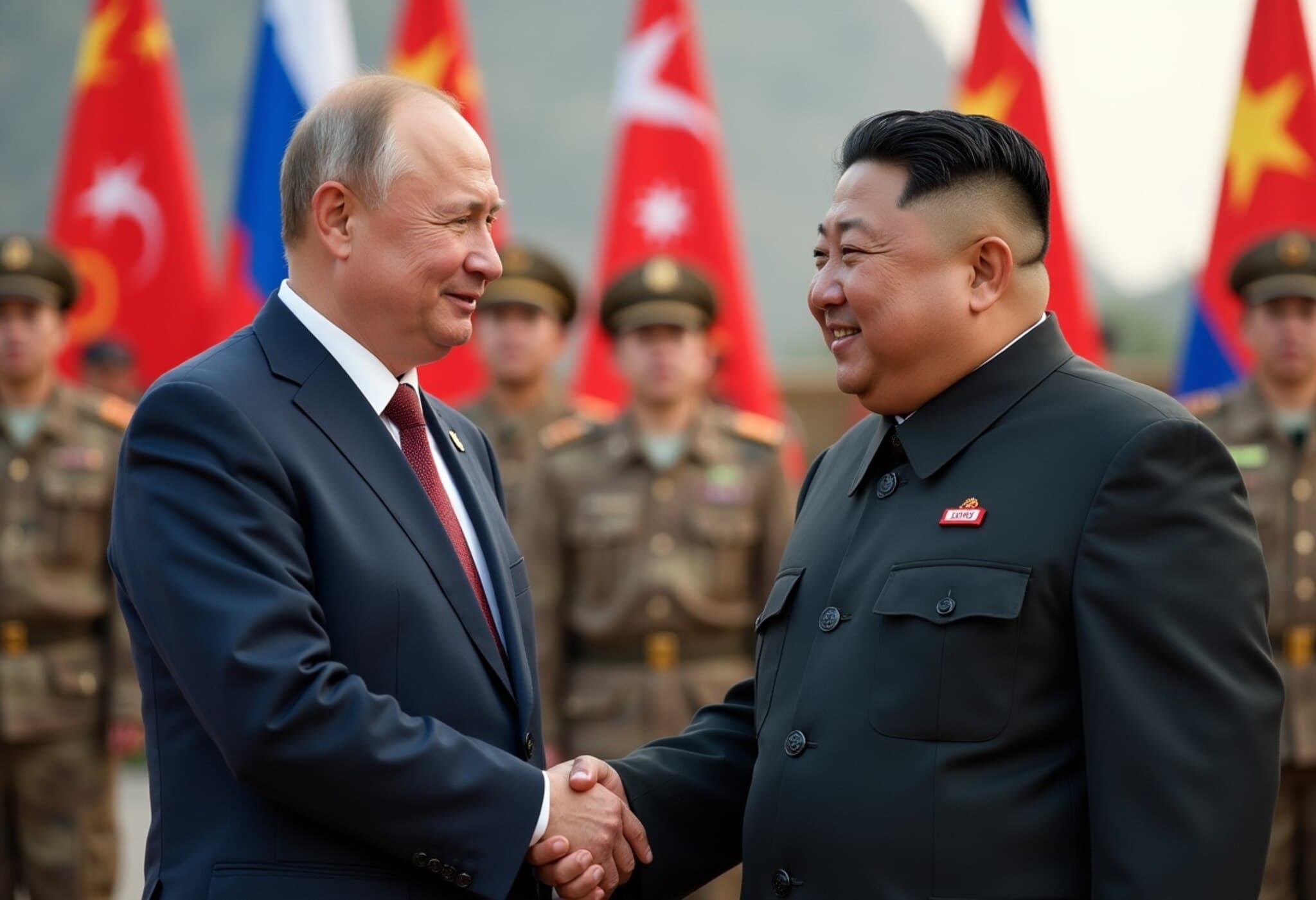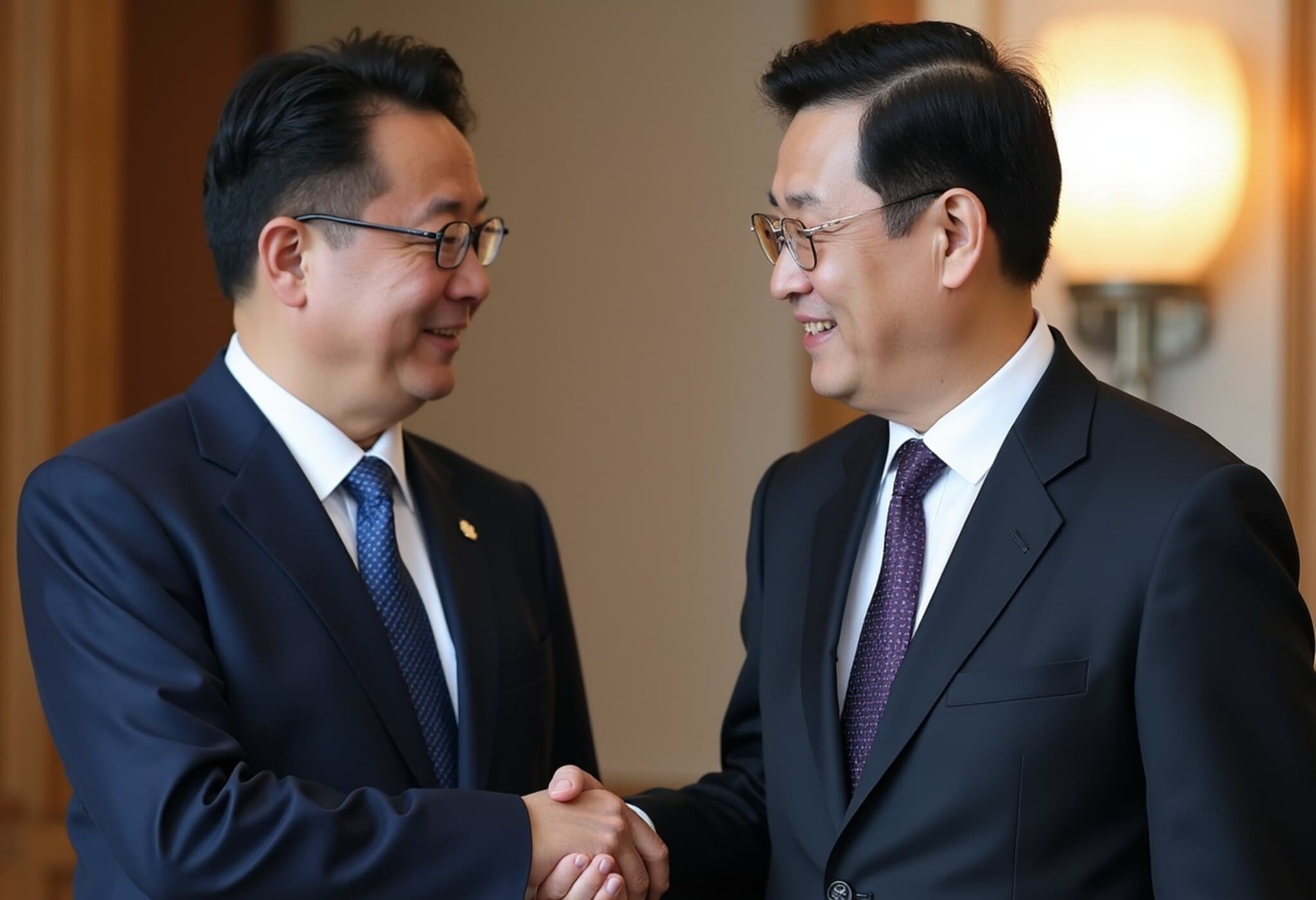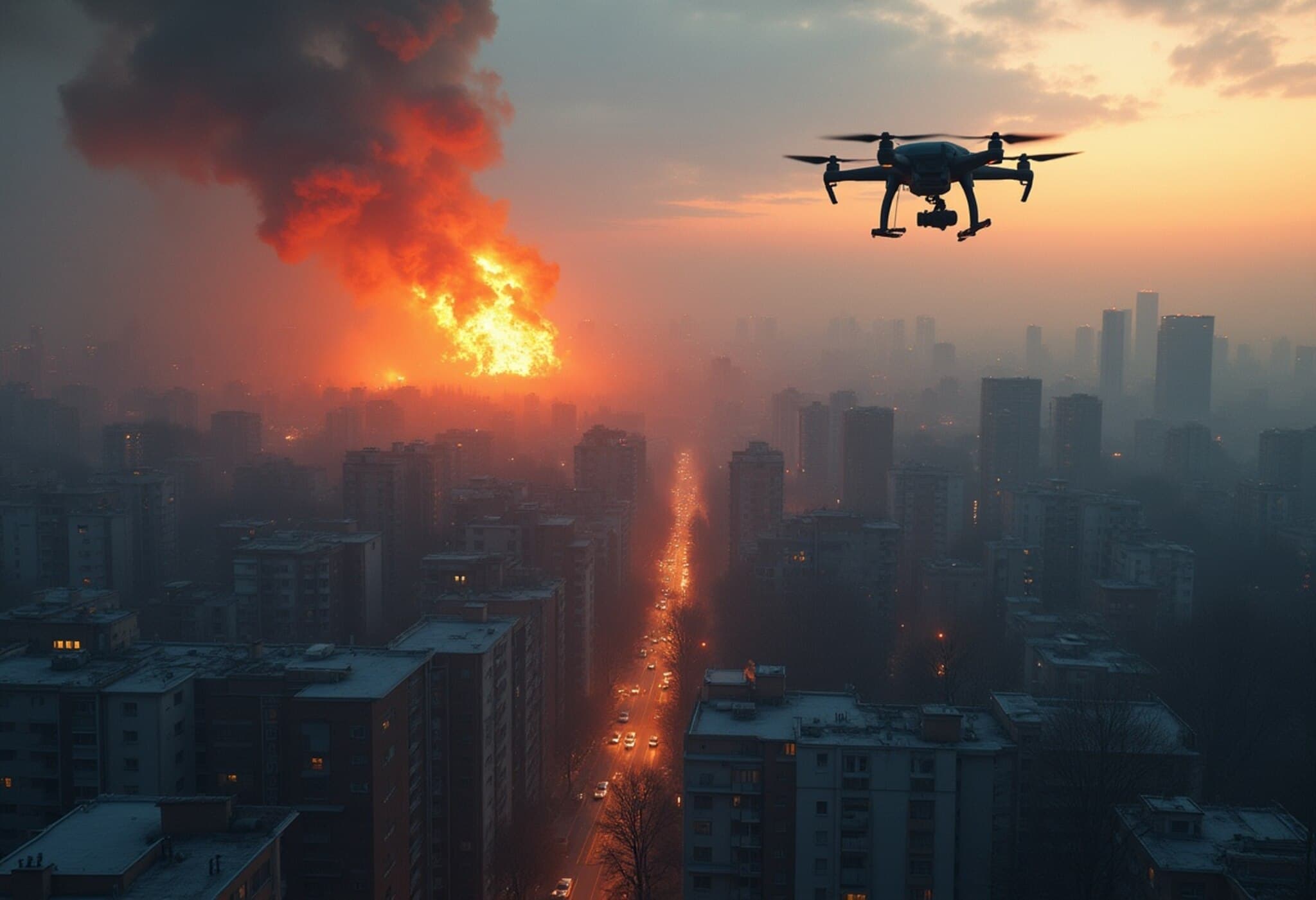South Korea’s Military Faces Unprecedented Shrinking Amid Demographic Challenges
Over the last six years, South Korea’s active-duty military personnel have plummeted by a striking 20%, shrinking to roughly 450,000 troops, according to a recent report from the nation’s defence ministry. This substantial decline is primarily fueled by South Korea’s persistently low birth rate — the world’s lowest — which has considerably diminished the pool of eligible young men for mandatory military service.
Mandatory Service Meets a Demographic Crossroad
South Korea’s conscription system, which requires most fit males to serve approximately 18 months in the military, relies heavily on a steady stream of enlistees aged around 20. However, government statistics reveal a 30% drop in the population of 20-year-old males between 2019 and 2025, dwindling to just 230,000 individuals. This trend is stoking concern within defence circles over the country's capacity to maintain an optimal level of readiness.
Historically, South Korea maintained a much larger military force—about 690,000 active-duty soldiers in the early 2000s. By 2019, this figure had already dropped to 563,000, with the decline accelerating in recent years. Today, defence officials estimate an uncomfortable shortfall of roughly 50,000 troops compared to numbers considered necessary for adequate defense capabilities.
Operational Concerns and Structural Implications
The manpower shortage isn’t only a matter of quantity but seniority as well. The defence ministry reports that approximately 21,000 of the missing personnel belong to essential non-commissioned officer ranks, which play a critical role in training, leadership, and operational effectiveness.
Despite these challenges, the South Korean military has taken measures to mitigate the impact. Service periods were shortened from the historic 36 months observed in the aftermath of the Korean War to the current 18 months. Defence modernization efforts, coupled with a robust alliance with the United States and a rapidly advancing domestic arms industry, have enhanced technological capabilities and force efficiency.

Comparative Context: North Korea and Defence Spending
South Korea’s security context remains uniquely challenging due to North Korea, which reportedly fields an active-duty military force of approximately 1.2 million personnel. In response, South Korea’s defence budget has ballooned to over 61 trillion won ($43.9 billion) in 2025, eclipsing the estimated size of North Korea’s entire economy.
This substantial investment underscores Seoul's commitment to a technologically superior and ready military despite demographic hurdles. However, experts warn that sheer budget size cannot fully compensate for the structural manpower shortages now unfolding.
Demographic Trends Signal Long-Term Implications
South Korea’s demographic shift is unprecedented. The country posted a record-low fertility rate of 0.75 in 2024, indicating that women on average are having less than one child in their lifetime—a figure well below the replacement level of 2.1. This phenomenon places South Korea among the world’s fastest ageing societies and signals a looming population contraction.
Official projections estimate the population, which peaked at 51.8 million in 2020, will shrink dramatically to 36.2 million by 2072. Such demographic erosion catalyzes far-reaching societal challenges, including labor shortages, economic restructuring, and national security recalibrations.
Expert Perspectives and Policy Challenges
From a policy standpoint, experts emphasize that South Korea must balance enhancing military efficiency with bold demographic and social reforms. The military’s evolution toward greater technological sophistication—such as autonomous systems, surveillance, and cyber capabilities—represents one adaptation path.
However, sustaining a reliable and motivated human force remains indispensable. The demographic crisis demands innovative strategies, such as revisiting conscription policies, gender inclusion in the armed forces, and incentivizing higher birth rates through comprehensive social support measures.
Moreover, this issue transcends national defense, touching upon the broader question of South Korea’s social fabric and economic sustainability in a rapidly ageing society.
What’s Next for South Korea’s Armed Forces?
- Reassessing military recruitment: Exploring alternative conscription models or expanding roles for women and older personnel.
- Leveraging technology: Accelerating automation and artificial intelligence to supplement manpower shortages.
- Cross-ministerial collaboration: Integrating defence planning with demographic and social policy reforms.
- Regional diplomacy: Strengthening alliances to offset asymmetries in military capacity versus North Korea.
In sum, South Korea stands at a critical juncture where demographic realities intersect with national security imperatives. How it navigates this complex landscape will not only shape its military posture but also influence the country’s future stability and resilience.
Editor's Note
The stark decline in South Korea’s military personnel highlights a demographic and strategic dilemma few nations face so acutely. While technological modernization and increased defense spending can mitigate some risks, the profound population decline necessitates holistic, forward-thinking policies. How South Korea adapts will be a telling example for other ageing societies grappling with security in a shifting global order.

